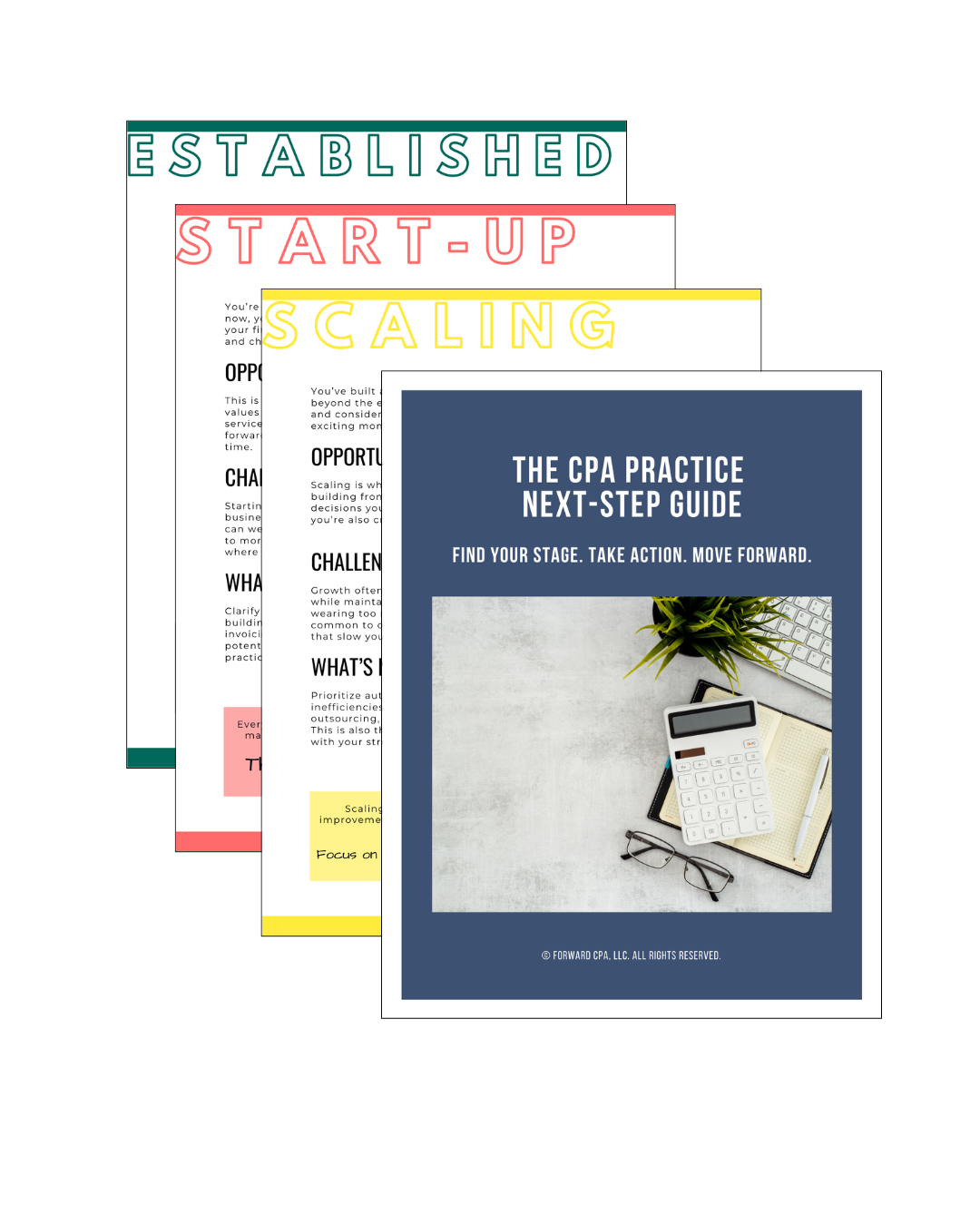How to Reduce Repeat Findings: A Joint Effort Between Auditor and Client
Nov 15, 2025
You’ve seen it before.
The same finding shows up in the audit report—year after year.
-
Bank reconciliations not reviewed.
-
Federal program documentation incomplete.
-
Fund balance classifications misstated.
It’s not that no one cares.
It’s that no one knows how to fix it—or who should own it.
The truth is: reducing repeat findings is a shared responsibility.
Auditors and clients both have a role to play. And when they work together, the outcome improves for everyone involved.
Here’s how both sides can prevent repeat audit findings—with better systems, better communication, and better follow-through.
Why Repeat Findings Happen
Before you can fix them, you need to understand why findings persist. Common causes include:
-
Lack of clear ownership for corrective action
-
Limited staff capacity or turnover
-
Unclear expectations between auditor and client
-
No internal tracking system for follow-up
-
Confusion about what “resolved” actually means
The good news? Each of these issues can be addressed—with a little coordination.
What Auditors Can Do
✅ 1. Write Clear, Actionable Findings
Avoid vague language. Be specific about the condition, cause, and effect—and include practical suggestions for remediation.
Instead of:
"The entity did not maintain proper documentation."
Try:
"For 3 of 10 transactions tested, the grant file lacked supporting invoices. Management should implement a checklist to ensure complete documentation is saved before drawdowns."
✅ 2. Follow Up on Corrective Action
Ask about last year’s findings during planning or interim work. If the issue is still unresolved, ask what steps were attempted—and offer guidance (within independence limits) if needed.
✅ 3. Help the Client Understand the Risk
Clients are more likely to address findings when they understand what’s at stake—especially if it affects compliance, funding, or future audits.
What Clients Can Do
✅ 1. Assign Ownership for Each Finding
Don’t let findings become no one’s job. Assign responsibility for resolving each issue, even if it involves multiple departments.
Pro tip: Use a shared spreadsheet with columns for finding, owner, due date, and status.
✅ 2. Build Corrective Actions Into Regular Processes
If your solution relies on someone remembering to do something during audit season—it’s going to be forgotten.
Instead, build it into your workflow:
-
Add checklist items to your monthly close
-
Create folders for required grant documentation
-
Require sign-off on reconciliations or journal entries
Sustainable solutions come from systems—not reminders.
✅ 3. Ask for Clarification Early
If you don’t understand a finding, ask your auditor for an explanation before the audit ends. Waiting until next year creates confusion and missed opportunities.
Joint Strategies to Break the Cycle
Reducing repeat findings works best when both sides stay engaged throughout the year—not just during fieldwork.
✅ 1. Hold a Post-Audit Debrief
Set aside 30 minutes after the audit to:
-
Review each finding
-
Confirm understanding
-
Discuss timelines for correction
-
Identify tools, templates, or policy updates needed
✅ 2. Check Progress Mid-Year
A six-month check-in can prevent surprises. Review your corrective action plan and update your auditor if anything has changed.
✅ 3. Use the Finding as a Training Opportunity
If a finding was tied to a process gap, train the staff responsible—not just on the fix, but on why it matters.
Repeat Findings Aren’t Inevitable—They’re a Signal
Repeat findings don’t mean someone failed.
They mean a process needs to change.
✅ When auditors write clear findings
✅ When clients take ownership
✅ When both sides collaborate
…the same issues don’t have to show up next year.
Because the best audit isn’t just a clean opinion.
It’s one where everyone learned something—and improved because of it.
Your Next Step Forward
Join the newsletter designed to help CPAs take the next best step in building a practice they love, with practical insights, game-changing tools, and quick wins in every email.
We hate SPAM. We will never sell your information, for any reason.



